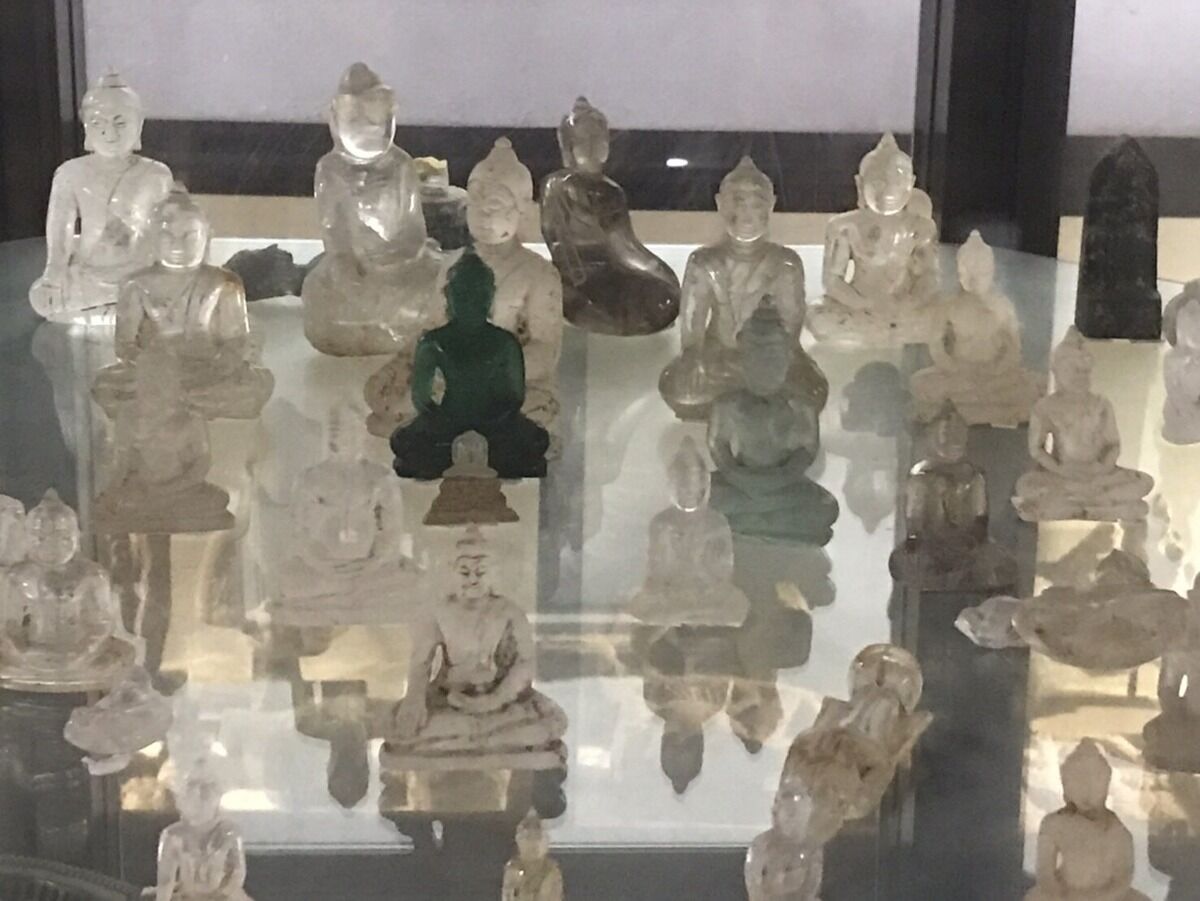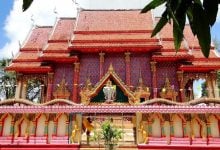Ancient artefacts found in Phrae to boost tourism

The ancient city of Wiang Chiang Chuen in Phrae, northern Thailand, has unveiled numerous historical artefacts, including polished stone axes and objects over 2,000 years old. The Fine Arts Department plans to develop it into a new historical tourist attraction.
During a survey today, Warawut Euapinyakul, MP for Phrae’s 3rd district from the Pheu Thai Party, and Director-General of the Fine Arts Department Panom Butr Chantharothai examined the ancient city of Wiang Chiang Chuen to explore ways of developing it into a tourist attraction. The site is located in the Maharaj Stone Garden in Ta Pha Mok.
They also visited the Wiang Chiang Chuen Treasure Museum at Salaeng Temple in Long district. The inspection team included Long District Chief Teera Kaewma, Director of the Forest Resource Management Office 3 Saneh Saenmool, and Head of Doi Phaklong National Park Witwat Rongdech, along with other local representatives and officials.
The survey revealed significant historical evidence, including traces and information about seven temples in the area. Large stupas, ancient Buddha statues, and polished stone axes, estimated to be between 2,500 and 3,000 years old, were found, along with many other valuable artefacts.
In the past, numerous ancient Buddha statues discovered in the area had been installed in various temples in Long district, with some places being referred to as the treasure trove of Wiang Chiang Chuen, a great treasure of Lanna, such as Salaeng Temple in Long district, Phrae.
Ancient records and chronicles indicate that the ancient city of Wiang Chiang Chuen dates back over 2,500 years, covering an area of approximately 519 rai (around 200 acres). Legends and chronicles from Yonok and Tai Yai (Shan) sources suggest that this ancient city existed before the Buddhist era.
Historical attraction
It is said that Queen Chamadevi visited this city and named it Veva Phasit. Due to the abundance of metal ores in the area, people later called it Wiang Chiang Chuen before it was renamed Long City.
Warawut expressed that Phrae is ready to unveil this ancient city to both Thai and international visitors. He believes that the grandeur of this site will captivate visitors, and in the future, Wiang Chiang Chuen will become a symbol of Thailand’s ancient civilisation and a significant tourist attraction.
Director-General of the Fine Arts Department Panom Butr Chantharothai mentioned that there has been limited information and exploration of this city in the past. However, with the discovery of such significant and intriguing evidence, the department will expedite the collection of data and artefacts from this year onwards.
Budgets for the years 2025 and 2026 will be allocated to restore and develop the site into an important tourist destination before more crucial evidence and artefacts are removed or lost from Wiang Chiang Chuen, reported KhaoSod.
Latest Thailand News
Follow The Thaiger on Google News:


























